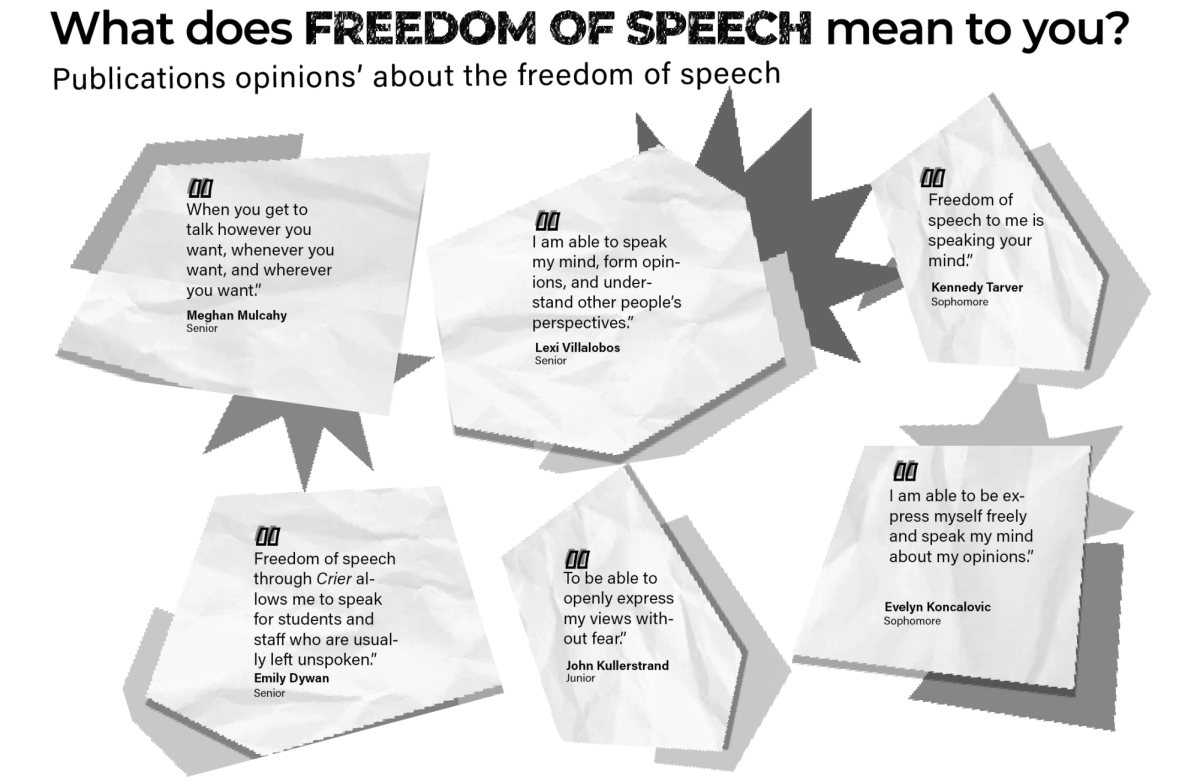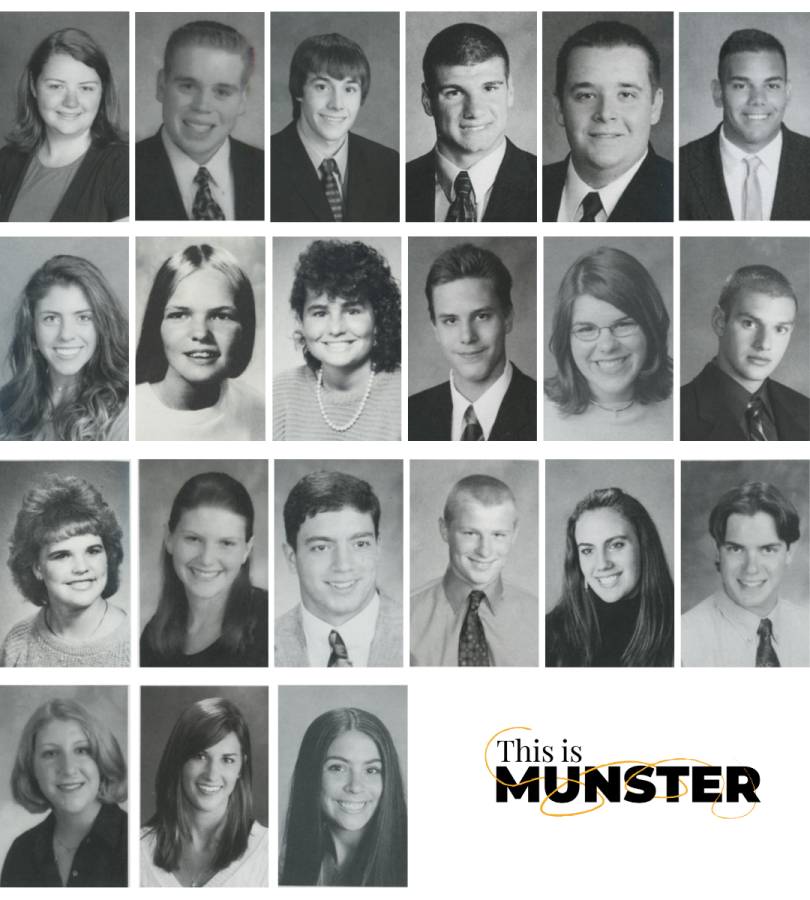College Application: Process and Preparation
October 28, 2021
From the first application, to the last acceptance, the college admissions process is one of both extreme stress and excitement. As soon as senior year begins, students are inundated with the knowledge that the decisions they make now will change the course of the next four years, and very likely the entirety, of their lives.
“The application process has been very difficult for me,” Maddi Bell, senior, said. “I have known what I have wanted to do since I was in elementary school, but ever since I have started this process I have been second guessing everything. I am terrified of deciding the next part of my life right now and can’t help but to feel under-qualified since I’m just not sure who I’ll be in a few months, much less a year.”
More than anything, students say they have to find a way to make themselves stand out, giving admissions officers a reason to pick their name over another. Not only do they have to have the right credentials, extracurriculars, grades, and test scores but they also have to find a way to highlight what makes them unique without coming across as vain or self indulgent.
“I really struggle to find a way to make myself stand out in my essays without mentioning my grades, which for someone applying to the schools that I am, isn’t really that impressive,” Aishik Dhori, senior, said. “I definitely had to find some vulnerabilities in myself and then become comfortable with expressing them in writing to tell a compelling story to the admissions officers.”
The application process is one of self-reflection and analysis, in which students must present a summary of their high school career, development and achievements in the hopes that an admissions officer will see them as a person worth having. This process has a way of putting things into perspective, and forcing applicants to ask themselves often uncomfortable questions: “What have I accomplished in the last four years?” “What was the work I put in really worth?” “Am I a different person now than I was when I started this process?” “What do I want to do with the rest of my life?”
“The application process is like reaching the summit of a four-year mountain climbing journey.” Emily Sun, senior, said. “I’ve seen the past four years as a landmark life moment; almost a final checkpoint before I venture off into the real world. It feels surreal to be applying to college instead of simply hearing about upperclassmen friends applying. But now that it’s finally here, I’m able to really step on that mountain peak and look at all the steps I took to get here.”
Applying for Success
Types of Application Deadlines:
Early decision
Early decision deadlines are usually in November and students who take this route will normally receive a response by December. You may only apply to one school through early decision. and if accepted must withdraw all other applications.
Early action
Early action deadlines are usually in November and produce a response by December. Early action is non-binding, but may give your application a slight advantage.
Regular decision
Regular decision is the most common and absolute final deadline. It is usually due in January or February and produces a response by April.
Rolling admissions
Schools with rolling admission deadlines will always accept applications until their programs fill up, often as late as the summer. However, there’s a chance of losing your spot or scholarship opportunities if you enroll late, so it’s best not to wait too long.
Priority deadline
A priority deadline is a deadline by which your application will receive the strongest consideration for acceptance or scholarship opportunities.































![SNAP HAPPY Recording on a GoPro for social media, senior Sam Mellon has recently started a weekly sports podcast. “[Senior] Brendan Feeney and I have been talking about doing a sports podcast forever. We love talking about sports and we just grabbed [senior] Will Hanas and went along with it,” Mellon said.](https://mhsnews.net/wp-content/uploads/2025/04/sam-892x1200.png)




















